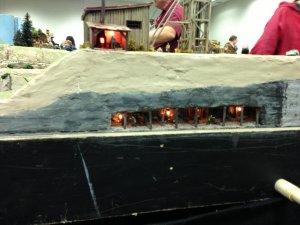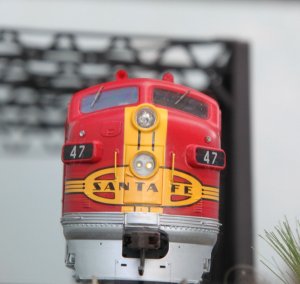Hey everyone,
I'm looking at purchasing a bunch of lights, and I'm wondering if there is ever a case in which I would want to purchase a light bulb (such as a grain of wheat/rice/dust, etc.) over an LED? I'm looking at buying all kinds of lights from street lamps to in-structure lighting to something you'd see in a Mine (picture below- I have no idea if this is LED or Light bulb). And I just want to make sure I'm not missing some obvious reason not to use in LED in certain cases.

thanks,
Silas
I'm looking at purchasing a bunch of lights, and I'm wondering if there is ever a case in which I would want to purchase a light bulb (such as a grain of wheat/rice/dust, etc.) over an LED? I'm looking at buying all kinds of lights from street lamps to in-structure lighting to something you'd see in a Mine (picture below- I have no idea if this is LED or Light bulb). And I just want to make sure I'm not missing some obvious reason not to use in LED in certain cases.

thanks,
Silas


